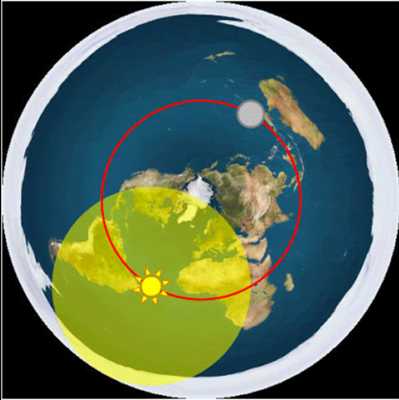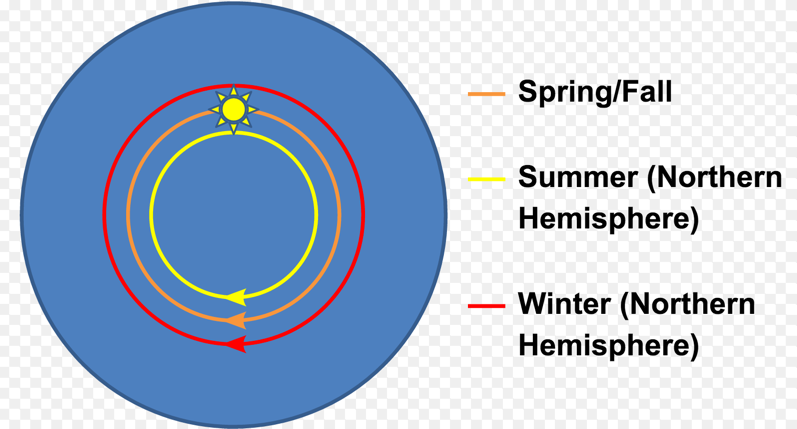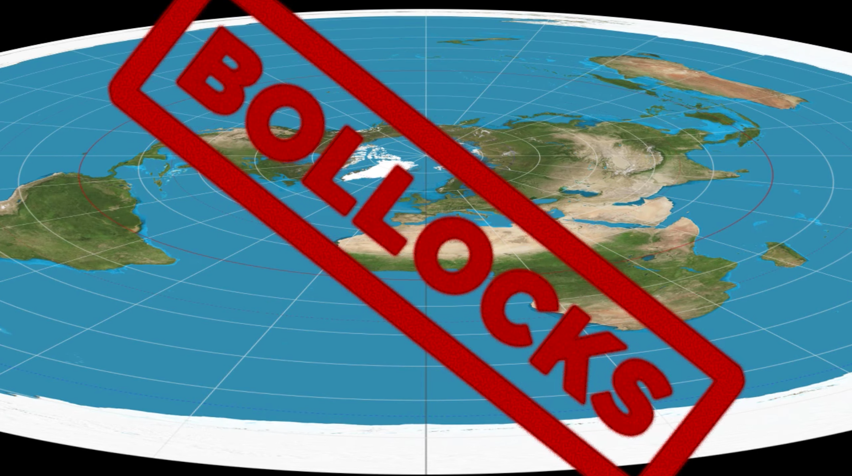EVERY celestial object in the universe moves and rotates, so to our beautiful blue planet Earth
Dear Readers,
Every single object in space is in constant motion. It's often called the Music of the Spheres.
So why is it that some flat Earth folks contend that the Earth is stationary, and never moves?
Simply put, it's a religious, egotistical, and bad science conspiracy laden effort to influence the mind of susceptible human beings.
Objects in space follow the laws / rules of physics just like objects on the Earth do. All moving bodies in space have inertia; they travel in a straight line unless acted upon by an external force. An external force can change a bodies speed and direction. Once propelled, the movement of celestial bodies in space are highly influenced by the force of gravity.
All motion is relative (speed and direction).
For example, two cars traveling down a roadway side by side at 60 mph, appear to each other as standing still. The velocity and direction of travel is exactly the same for both vehicles, so there is no relative motion between the two. But with respect to the ground, they are moving at 60 mph.
On a macro scale, motion is accurately described by the laws that Newton discovered over 300 years ago.
1) "Every object persists in its state of rest or uniform motion in a straight line unless it is compelled to change that state by forces impressed on it."
2) "Force is equal to the change in momentum (mV) per change in time. For a constant mass, force equals mass times acceleration" F = ma
3) "For every action, there is an equal and opposite re-action."
As demonstrated below, all of our solar system objects rotate and move in space.
Don't listen to the flat Earth clowns, who have personal egoic and religious agendas for pushing their conspiracy.
- - - - - - - - - -
The Sun:
Sun spots have been seen for centuries as they get large enough to be viewed by the naked human eye. These spots move across the surface from day to day, as the Sun rotates. They are evidence of rotation. And as a gaseous body, the Sun rotates at different speeds, depending upon its latitude.
There are also sunspot periods (small number per day, to large number per day - back to small number per day).
The dark areas of a sunspot are only a "relatively" cooler portions of the Sun's atmosphere, as seen thought a magnetic hole in the outer layer.

- - - - - - - - - -

- - - - - - - - - -

- - - - - - - - - -

- - - - - - - - - -

- - - - - - - - - -

- - - - - - - - - -

- - - - - - - - - -
All the planets in our solar system rotate around their axis, with respect to the plane.

- - - - - - - - - -
Mercury:
The different faces of planet Mercury ..

- - - - - - - -
The different faces of planet Mercury, as seen through it's thick cloud cover by radar...

- - - - - - - - - -
Venus:

- - - - - - - - -
The opaque cloudy atmosphere of Venus

- - - - - - - - - -
Venus in the early morning on May 10, 2017, as photographed with a Nikon coolpix P900 (crescent phase) by flat Earth advocate

- - - - - - - - - -
Venus as seen from the Earth, displaying different illumination phases as it orbits the Sun in relation to us.

- - - - - - - - - -
Ground based amateur astronomy photo...

- - - - - - - - - -
Ground based amateur astronomy photo...

- - - - - - - - - -

- - - - - - - - - -

- - - - - - - - - -
Earth:

- - - - - - - - - -

- - - - - - - - - -

- - - - - - - - - -

- - - - - - - - - -

- - - - - - - - - -

- - - 
- - - - - - - - - -

- - - - - - - - - -
Mars:

- - - - - - - - - -

- - - - - - - - - -
Jupiter:

- - - - - - - - - -

- - - - - - - - - -

- - - - - - - - - -
Ocultation of Jupiter is evidence that Jupiter is farther away from us than the Sun. And also, the Moon is not transparent.

- - - - - - - - - -

- - - - - - - - - -
Saturn:

- - - - - - - - -

- - - - - - - - - -

- - - - - - - - - -

- - - - - - - - - -
Uranus

- - - - - - - - - -

- - -

- - - - - - - - - -
Neptune

- - - - - - - - - -

- - - - - - - - - -

- - - - - - - - - -







